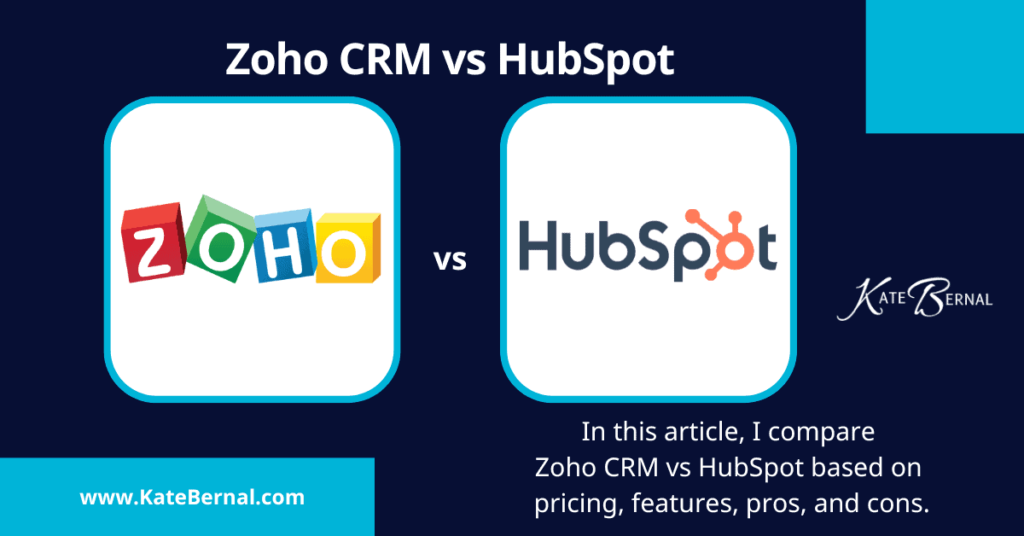Understanding the dynamics of CRM stock requires a deep dive into market trends, company performance, and expert predictions. In this article, we’ll analyze the factors influencing the future trajectory of CRM stock and provide insights from industry experts.
1. Historical Performance
Before delving into the forecast, it’s essential to review the historical performance of CRM stock. This section will examine key metrics and trends over the past few years, providing context for future projections.
1.1. Key Metrics
The historical performance of CRM stock can be assessed through various key metrics:
- Stock Price: Tracking the movement of CRM stock over time can reveal patterns and trends.
- Revenue Growth: Analyzing the revenue growth of Salesforce, the company behind CRM stock, can indicate its financial health.
- Market Share: Understanding Salesforce’s market share in the CRM industry can provide insights into its competitive position.
2. Market Analysis
An in-depth analysis of the current market conditions and how they impact CRM stock is crucial for making informed predictions. We’ll explore factors such as economic indicators, industry trends, and competitor analysis to assess the broader market environment.
3. Company Overview
Understanding Salesforce, the company behind CRM stock, is essential for predicting its future performance. This section will provide an overview of Salesforce’s business model, recent developments, and growth prospects.
3.1. Business Model
Salesforce operates as a software-as-a-service (SaaS) company, offering cloud-based solutions for customer relationship management (CRM). Its subscription-based model generates recurring revenue streams.
3.2. Recent Developments
In recent years, Salesforce has expanded its product offerings through acquisitions and partnerships. Key developments include the acquisition of Tableau for data analytics and the partnership with Microsoft for cloud services.
4. Analyst Forecasts
We’ll examine the latest forecasts and recommendations from financial analysts covering CRM stock. Insights from industry experts can provide valuable guidance for investors seeking to navigate market volatility.
5. Technical Analysis
Technical analysis involves studying past market data, primarily price and volume, to forecast future price movements. We’ll analyze charts and indicators to identify potential patterns and trends in CRM stock.
6. Fundamental Analysis
Looking beyond short-term price movements, fundamental analysis focuses on evaluating the underlying financial health and performance of a company. We’ll assess key metrics such as revenue growth, profitability, and market share to gauge the long-term potential of CRM stock.
7. Risk Factors
No investment is without risks, and CRM stock is no exception. This section will highlight potential risks and challenges that could impact the future performance of CRM stock, including regulatory changes, competitive pressures, and macroeconomic factors.
- Regulatory Changes: Changes in regulations related to data privacy or software licensing could affect Salesforce’s operations.
- Competitive Pressures: Intense competition in the CRM market from companies like Oracle and Microsoft could impact Salesforce’s market share and pricing.
- Macroeconomic Factors: Economic downturns or geopolitical events may influence overall market sentiment and investor confidence in CRM stock.
8. Conclusion
Summarizing the key insights and predictions discussed in the article, we’ll offer a concluding analysis of the future outlook for CRM stock. Whether you’re a seasoned investor or a newcomer to the market, staying informed is essential for making sound investment decisions.


